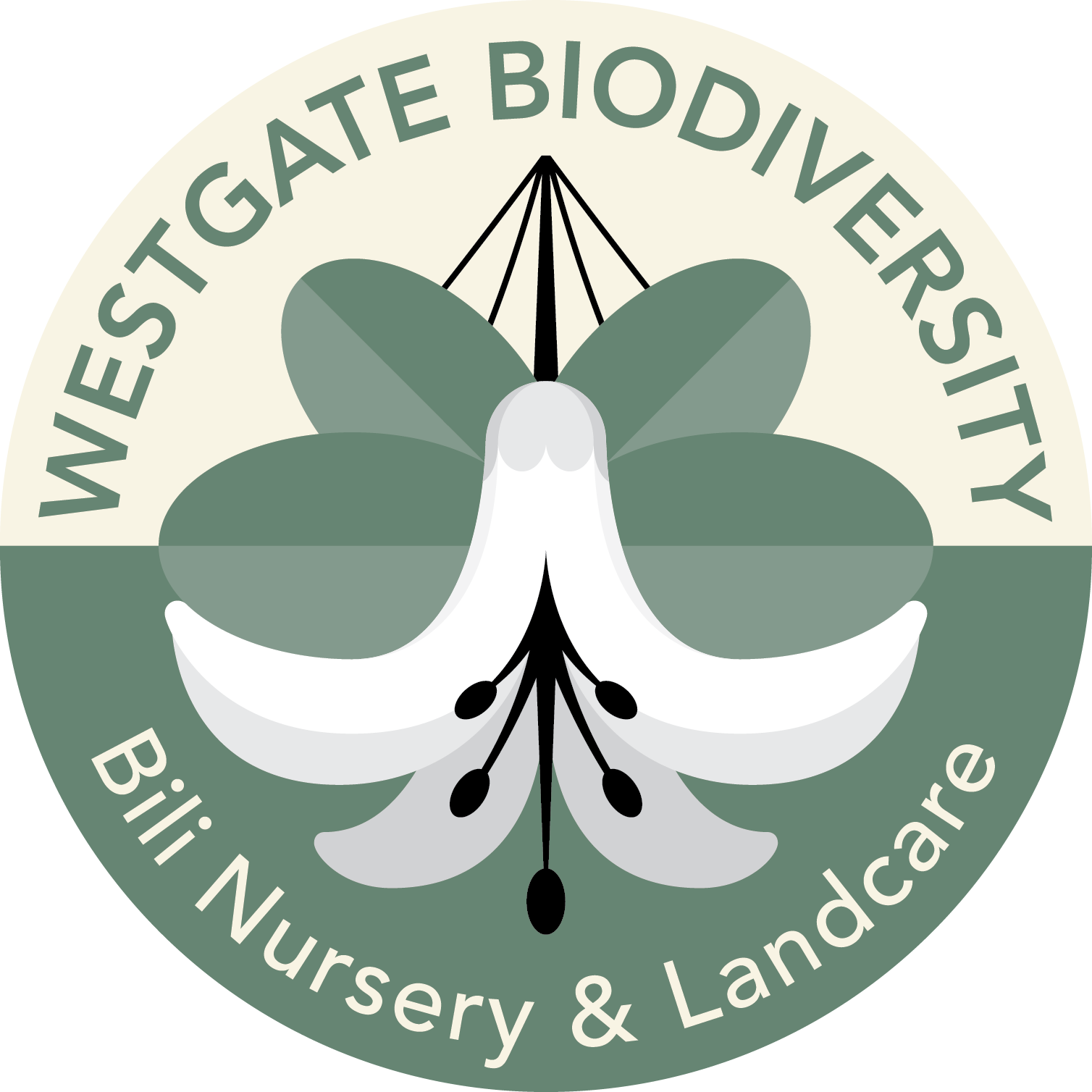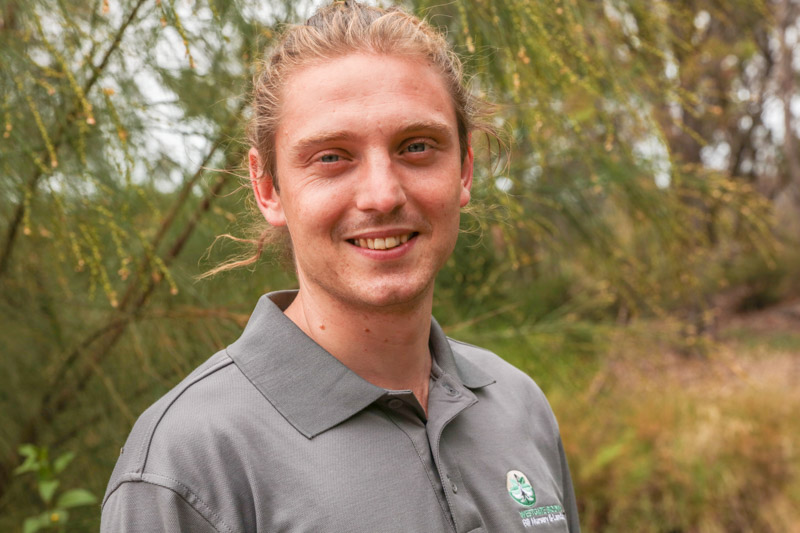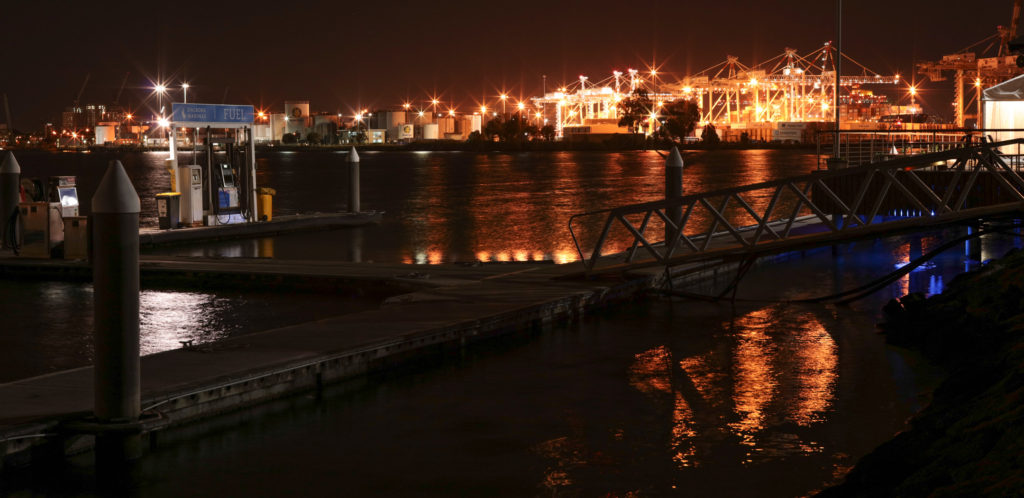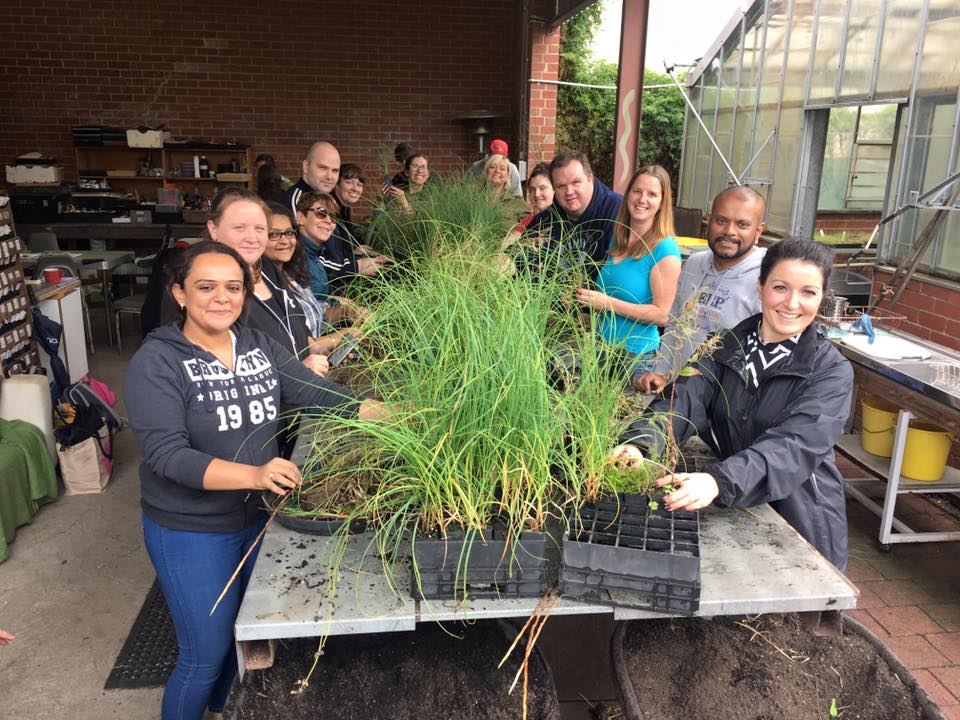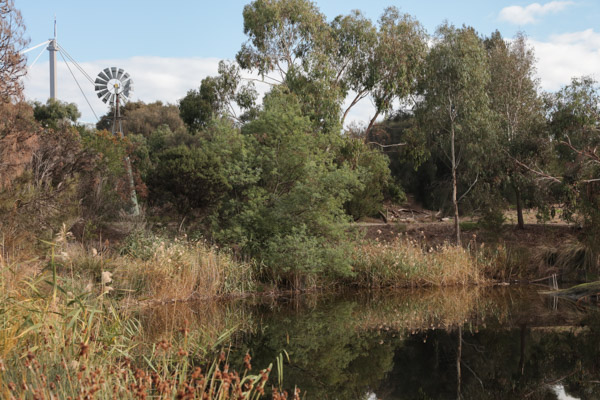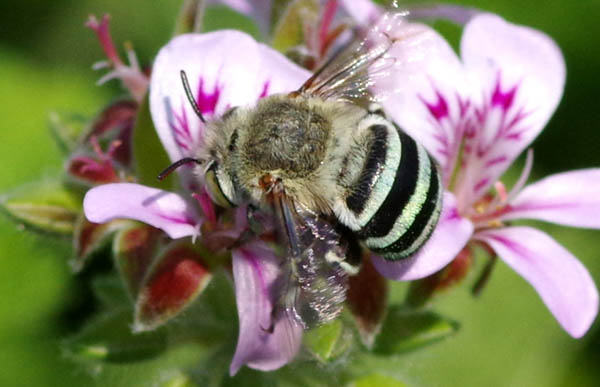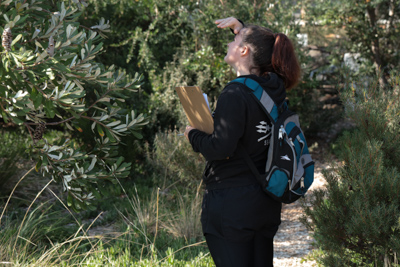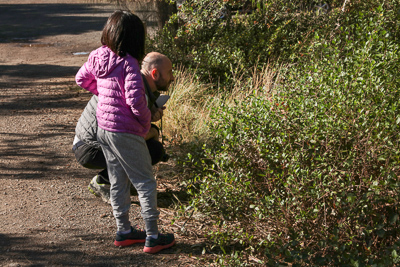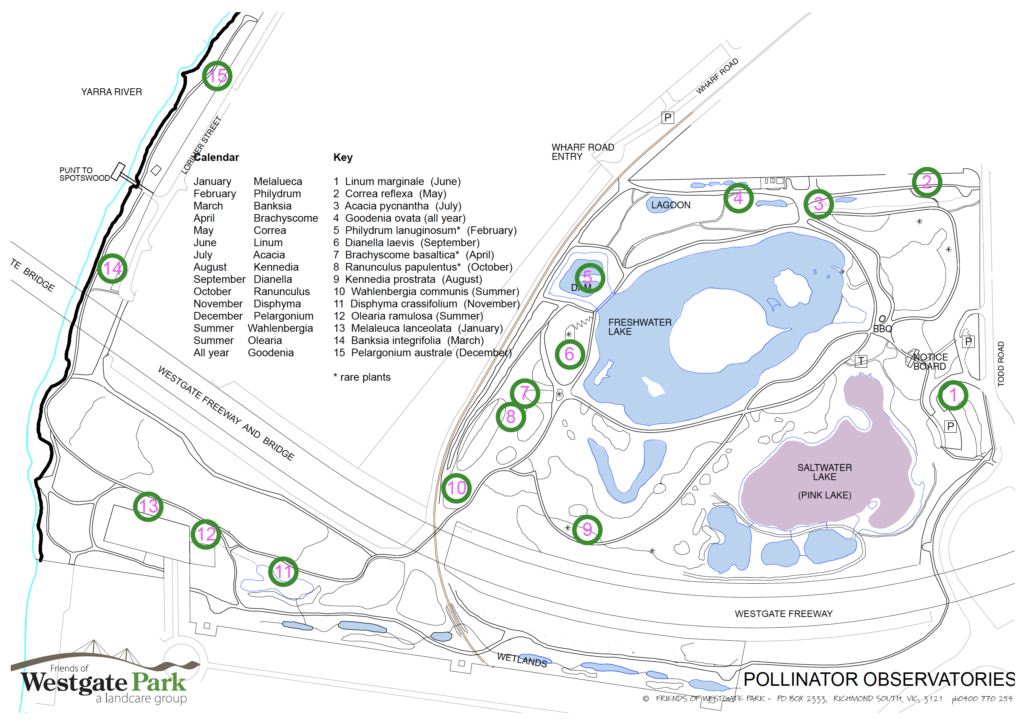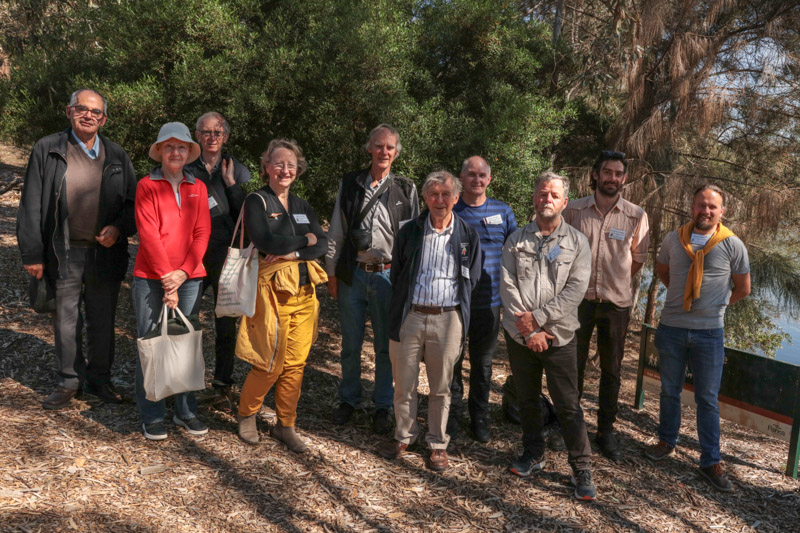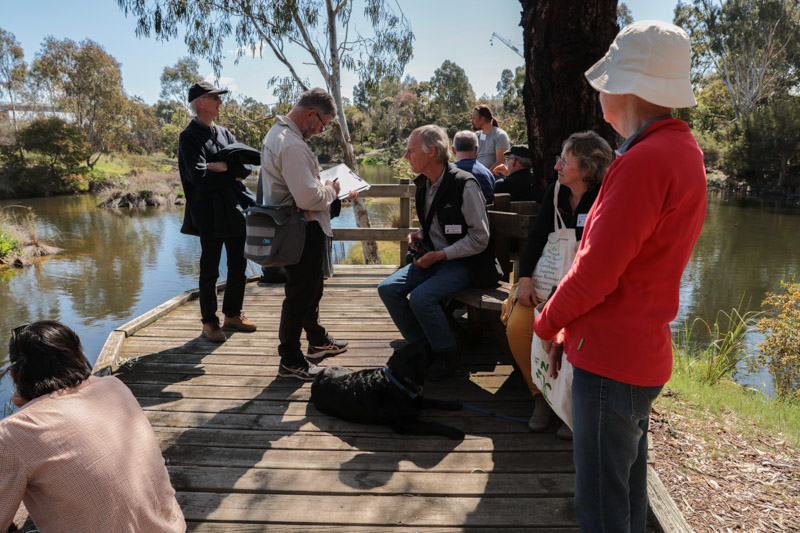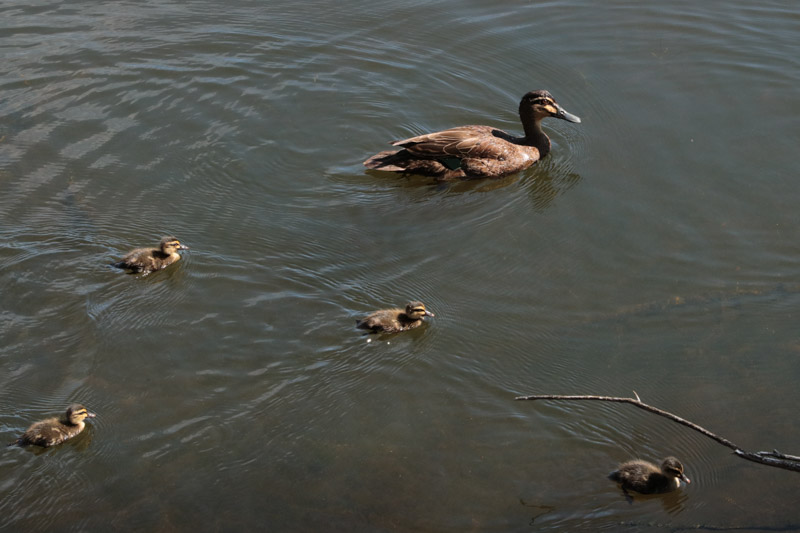Dec bird survey
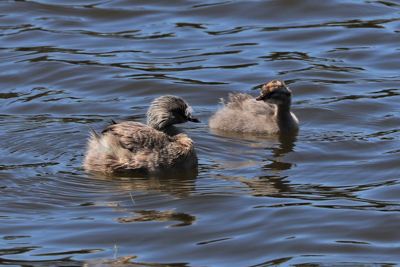
The large Freshwater and Saltwater lakes have risen lately, which suits diving feeders, such as Hardheads, Australasian Grebes and Hoary-headed Grebes – suggesting aquatic invertebrates and other small prey are plentiful in the former.
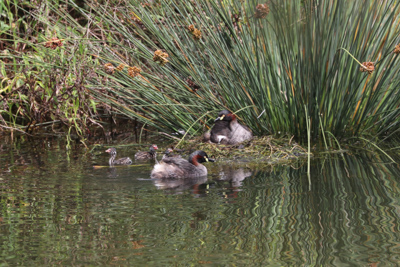
Australasian Grebes 
Hoary-headed Grebe
With several eucalypts flowering lightly, numerous nectar feeders are present, especially Rainbow Lorikeets, White-plumed Honeyeaters and Red Wattlebirds. A worry: one Noisy Miner was sighted in the park proper.
Interesting/notable sightings: Reed Warblers, one Black-shouldered Kite – in a low red gum, and a Red-kneed Dotterel.
Survey
Flowering now

Westgate Park is quite dry despite the relatively cool weather. Most plants have finished flowering now and we are busy collecting seed. Here are some still in bloom in the Southern Wetlands
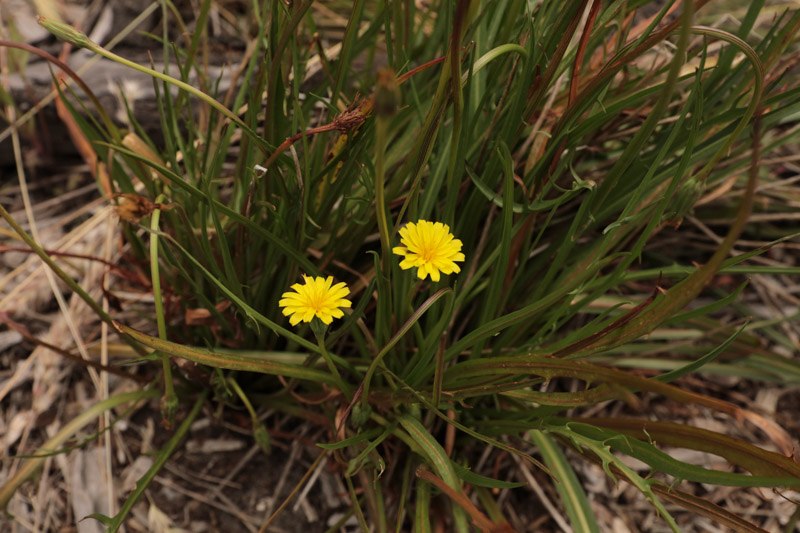
Microseris lanceolata – Yam Daisy 
Eryngium ovinum – Blue Devil 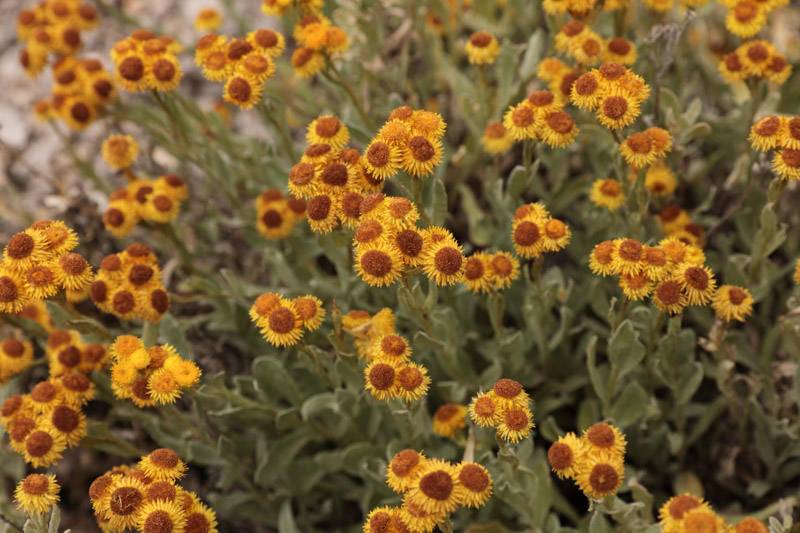
Chrysocephalum apiculatum – Common Everlasting 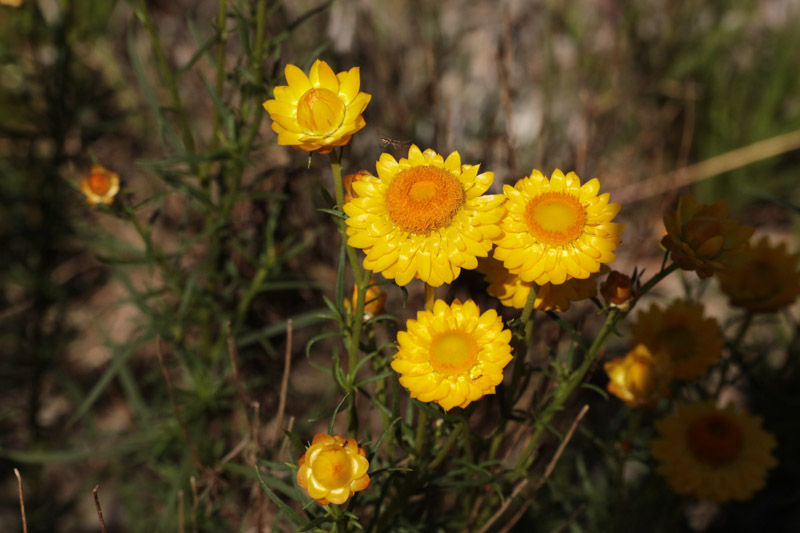
Xerochrysum viscosum – Sticky Everlasting 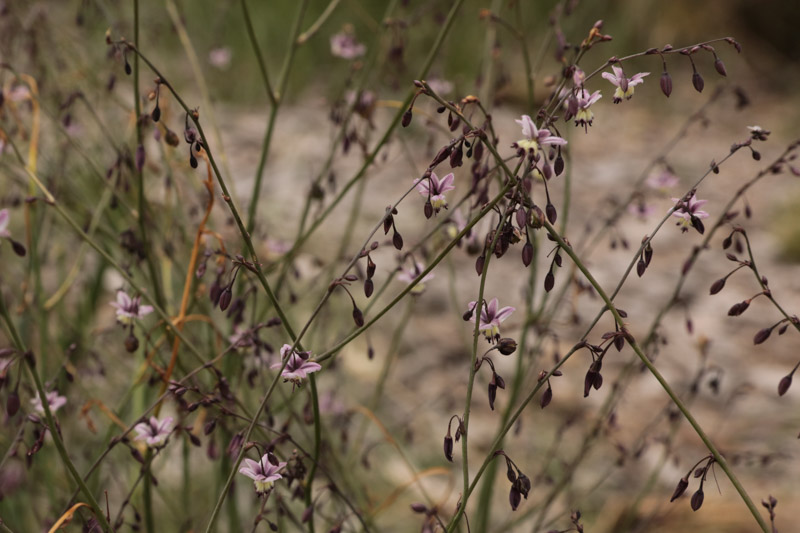
Arthropodium milleflorum – Pale Vanilla Lily
New Manager
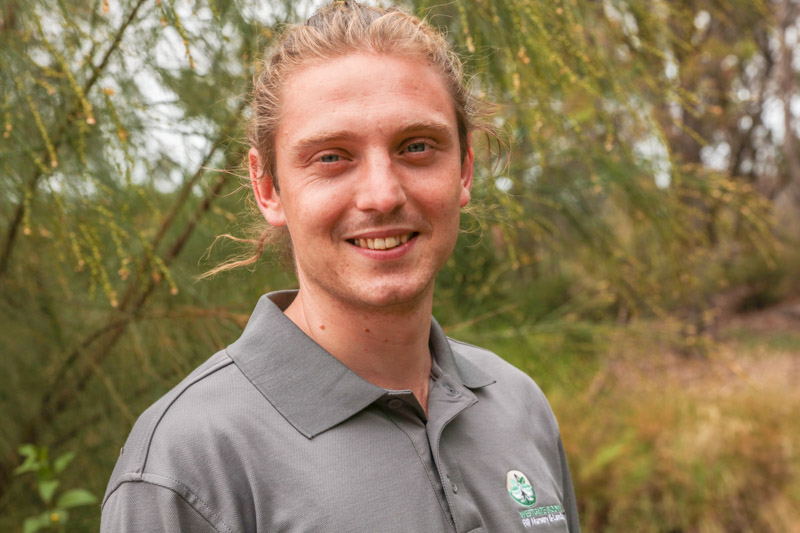
We are delighted to announce Nicholas Brinkley’s appointment as Westgate Biodiversity’s Manager. He comes with excellent credentials in nursery management and a passion for the environment and revegetation. He has also worked with people with intellectual disabilities and is into botanical rarities, including carnivorous ones!
Welcome Nic!
Our first photography workshop
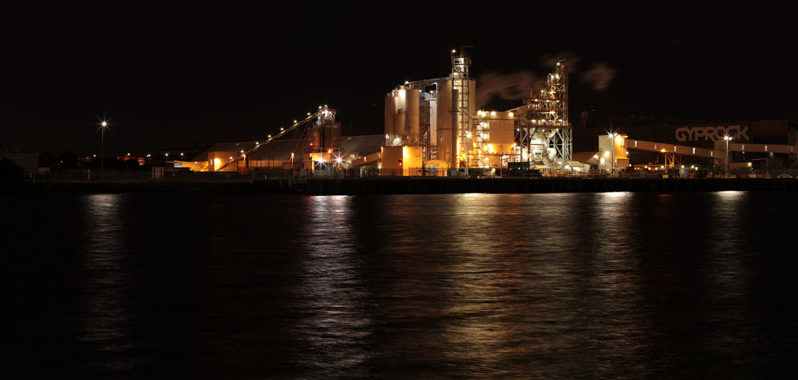
Many beautiful photographs have been taken of Westgate Park but few have taken of the area after dark. This night time photography workshop is for beginners who have cameras that can be used in manual mode – preferably DSLRs.
We will start indoors at the Port Education Centre.
The workshop will cover camera modes and controls and the many options for working in low-light conditions – ISO, shutter speed and aperture.
At this time of the year, sunset is around 8.30pm and we will start indoors with setting up the cameras then head off to the banks of the Lower Yarra River near the marina and Westgate Park, via Lorimer Street in Port Melbourne.
As the sky darkens, Coode Island and Appleton Dock across the river to the north-east will light up, as will Westgate Bridge.
This workshop will cover camera modes and controls and the many options for working in low-light conditions – ISO, shutter speed and aperture.
Here is the kit you will need:
- A DSLR or mirrorless camera that can be set to manual and bulb modes
- A prime or zoom lens preferably with low aperture values such as f/2.8 or f/3.5 (the lower the aperture value the more light passes through the lens) and a suggested focal length of 80mm or more.
- A sturdy tripod
- A remote shutter release
- A small torch to see your controls once it gets dark (useful for light painting too).
- A fully charged battery and a spare (long exposures use more power)
Maximum group size 6. Cost is $75. See here to book
Bili Nursery summer hours
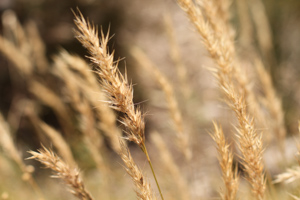
From Nov to end Feb, Bili Nursery retail will only trade on Fridays – 10am to 4pm or by appointment (phone 9645 2477). Saturday retail will resume in March.
Here’s why:
- The hot, dry conditions in Melbourne in late spring/summer mean there is less moisture in the soil to establish plants
- Our production cycle is timed to peak in winter as that’s when most contractors are putting plants in the ground
- By summer, we have very few plants left to sell
So at this time of the year, we are often out collecting seed and our focus turns to propagating so we can start the cycle all over again!
We are still open during the week for volunteers to help us during this busy propagation time. Register here for nursery volunteering.
AGM invitation: 27 Nov
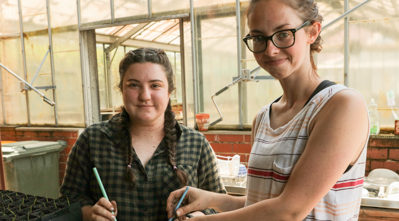
You are invited to the Annual General Meeting of the Westgate Biodiversity: Bili Nursery & Landcare Inc., held on Wednesday November 27th, 2019 at Port Ed, 343-383 Lorimer Street, Port Melbourne (under the Port Control Tower) beginning at 6.30 pm. A light meal and drinks will be available from 6.00 pm.
A member may appoint another member as a proxy for the meeting by using the form in the button below.
The agenda is:
1. to receive and consider—
(i) the annual report of the Committee of Management on the activities of the Association during the preceding financial year; and
(ii) the financial statements of the Association for the preceding financial year
2. to elect the members of the Committee;
3. to confirm that the annual subscription remains at $10 per person, nil for concession holders and that there be no joining fee.
Also below is a nomination form should you wish to stand for the Committee of Management.
Tony Flude
Secretary
Dr Luis Mata – guest speaker
After the AGM Dr Mata will present the findings of the 2-year Pollinator Project at Westgate Park.
Monthly surveys by RMIT researchers, 7 workshops and the observations by citizen scientists have yielded rich data about insects at Westgate Park.
Dr Mata works as part of the National Environmental Science Programme – Clean Air and Urban Landscapes Hub, where he is contributing to The Shared Urban Habitat, a research project looking at addressing the broad question of how humans can effectively share the urban habitat with other species.
He is particularly interested in developing protocols for bringing nature back into cities, including methods to understand how insects and birds disperse through fragmented urban landscape.
It’s not to be missed!
AGM Committee Nomination Form
AGM Proxy form
Recruiting for new manager
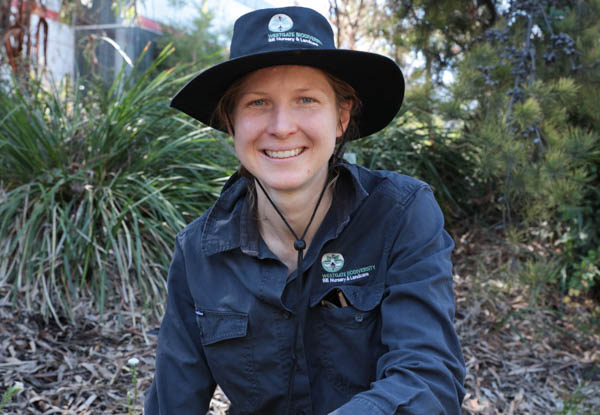
If you are interested in biodiversity and in playing a significant role in improving the bushland environment of Westgate Park and indeed in the Sandbelt Region of Melbourne, this may be for you.
It means leading a large and keen group of volunteers and staff in revegetation work and in growing our Bili Nursery business of producing locally indigenous plants (currently ~120,000/year).
We need someone with skills, knowledge and experience in these fields; a person who is innovative, enthusiastic and very good at engaging the community in our endeavours. Take a look at our website for more on what we do.
This is a full time position, salary $70,000-$78,000.
Applications close Thurs 31 October 2019.
If you have a query, call Lyn on 0407 691 512.
Pollinators project findings

Invitation: Next Sunday, Sunday 27th October, Westgate Biodiversity will be wrapping up a two year research project conducted with RMIT – Providing for Pollinators. The project has been funded by the City of Melbourne and co-designed with (then) Friends of Westgate Park. At the workshop, Dr Luis Mata will present the findings of the project.
Here is the link to registration.
Background
A series of ‘pollination observatories’ were nominated by FoWP through the park. A different flowering plant was chosen for each month of the year. A range of different plants were chosen – shrubs, groundcovers, trees. They were also chosen on the basis of the existing health, abundance and persistence of those plants at particular locations.
RMIT researchers did monthly observations of each of the observatories. Seven workshops have been held to assist citizen scientists to identify and then observe insect pollinators at Westgate Park. The citizen science observations complemented the RMIT surveys and on several occasions the citizen scientists made observations new to the RMIT researchers.
For the last two years we have been observing and documenting the interactions between flowering plants and insect pollinators across a network of 12 ‘pollinator observatories’ in Westgate Park.
At this workshop, you will learn to identify several key insect pollinators that call Westgate Park home, including native and non-native bees and butterflies. We will then visit the pollinator observatories to make observations of plant-insect interactions.
Each time we have seen something unexpected just through observing more closely!
This is the final workshop of the ‘Providing for Pollinators’ project. We’re excited to share with you what we’ve learned about insect pollinators in Westgate Park and which plant species these pollinators are favouring.
We will also be celebrating the conclusion of the project with some food and a word or two.
Notes
– The workshop is suitable for both past attendees and first timers.
– The workshop consists of two consecutive sessions: the first at Port Education Centre and the second at Westgate Park. By registering, you agree to attend both sessions.
Session 1: Introduction to ‘Providing for Pollinators’ and the tools for monitoring them – held at Port Education Centre
Dr Luis Mata from RMIT will introduce you to a ‘Protocol to record ecological interactions between plants and pollinators using timed surveys‘ and a ‘Visual field guide for the identification of targeted pollinators’. These documents will be discussed and your questions about the field protocol and species identification encouraged. A handout questionnaire will test your capacity to successfully complete the field protocol and accurately identify the targeted insects. This is an open book shared session – not a scary test!
Session 2: Visit the pollinator observatories in Westgate Park
The workshop will move into Westgate Park to visit pollinator observatories and work with the tools learned in Session 1.
Providing for Pollinators is a research and community engagement collaboration between Westgate Biodiversity: Bili Nursery and Landcare (formerly Friends of Westgate Park and SKINC nursery) and the National Environmental Science Programme – Clean Air and Urban Landscapes Hub.
The project has been funded and supported by the City of Melbourne.
The Port Education Centre is kindly made available for the workshop by the Port of Melbourne.
FAQs – Getting there – so near, yet so far!
The Port Ed Centre is on the Port Melbourne side of the Yarra River. Set your GPS to 343 Lorimer St. Do not be led astray by your GPS to cross the Westgate Bridge! There is free car parking on Lorimer St.
Bus
Only bus 235 from Southern Cross Station operates on Sunday. Get off the bus at Defence Science & Technology (DSTO) and walk over the railway line to Port Ed Centre. (Note: the venue is about an hour’s walk from Southern Cross Station)
Bike
Port Ed and Westgate Park are a pleasant ride along the Yarra River. There is a shared path on the footpath along Lorimer St to Todd Rd, and a dedicated bike path along Lorimer St to Port Ed . There’s plenty of bike parking.
Field Naturalists visit
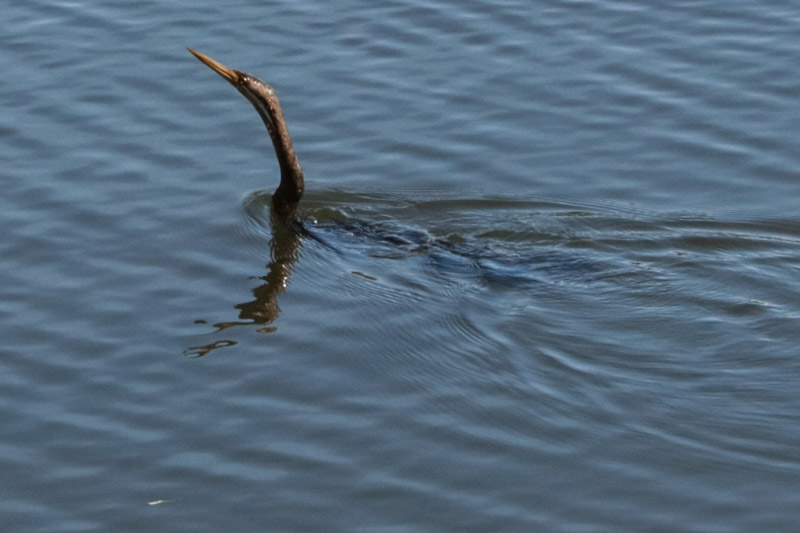
We were delighted to have participants in the Field Naturalists Club of Victoria Symposium come to Westgate Park for a Field Trip. After a long walk through the Park we paused at the Freshwater Lake lookout where firstly an Australian Darter and then a family of Black Ducks entertained us.
Darters are unusual in that they swim long distances underwater actively pursuing fish prey and, other than their sinuous neck and long sharp beak, their body remains submerged. They are only occasionally seen at Westgate Park so this sighting was a treat.
Best friends Award
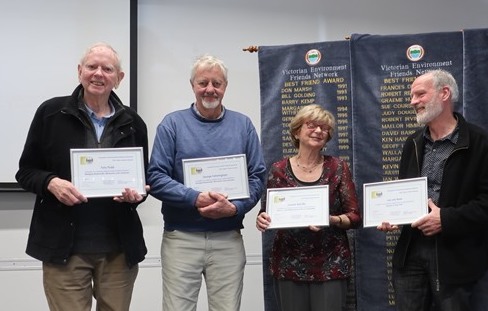
Tony and George shared the Victorian Environment Friends Network Best Friends Award 2019, supported by a contingent of members of Westgate Biodiversity.
Here’s how their contribution was described:
George provides the knowledge base in how, what and where to plant. He also knows all our birds and assists in identification. He is generous with this knowledge and enjoys sharing it with those around him.
Tony manages to attract and retain volunteers (equivalent to 10 full time workers), delegating tasks and including everyone in his plans. He liaises with Landcare Australia to ensure a steady stream of corporate volunteers as well as the job agencies which manage the Work for the Dole program. He is also the one who suggests and organises social events and field trips which build strong bonds within the volunteer community.
